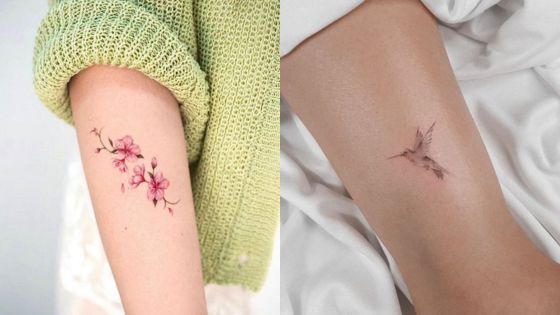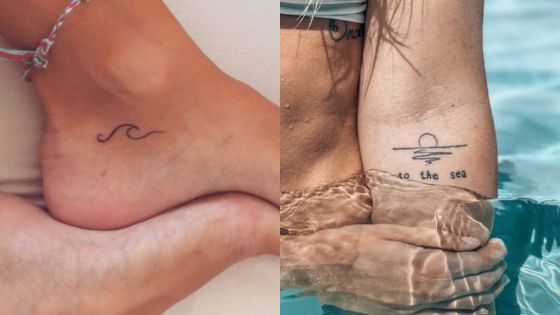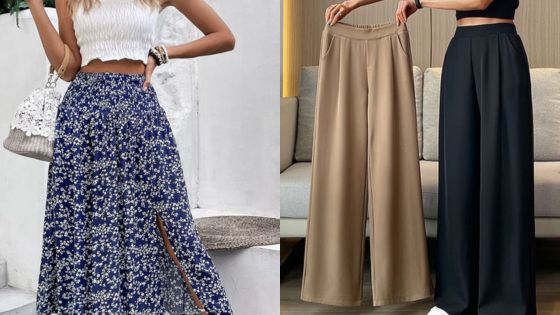Struggling to improve your portrait photography? We’ve got you covered with over 40 pictures on Pinterest.com that will inspire you and elevate your skills. Whether you’re a seasoned photographer or just starting, posing your subject correctly can make all the difference. This guide provides essential tips for natural, flattering poses that can transform your portraits.
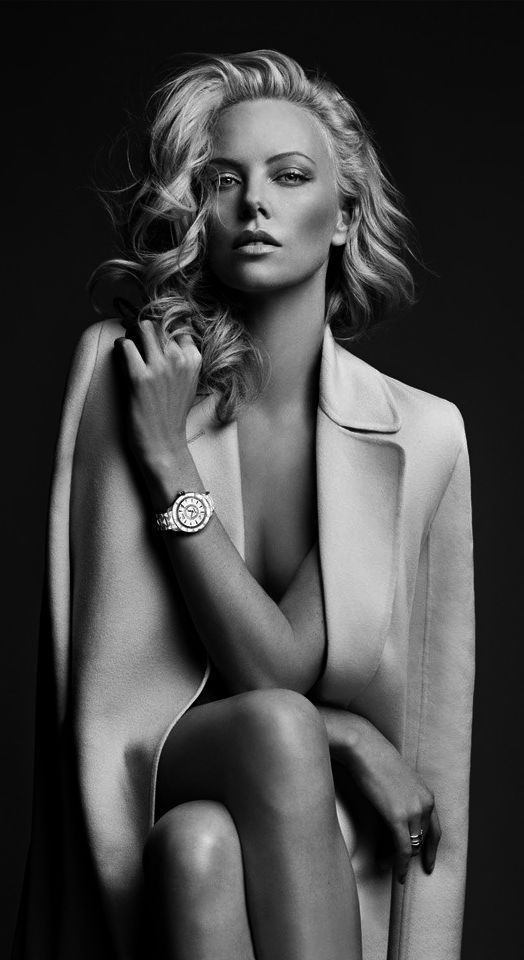
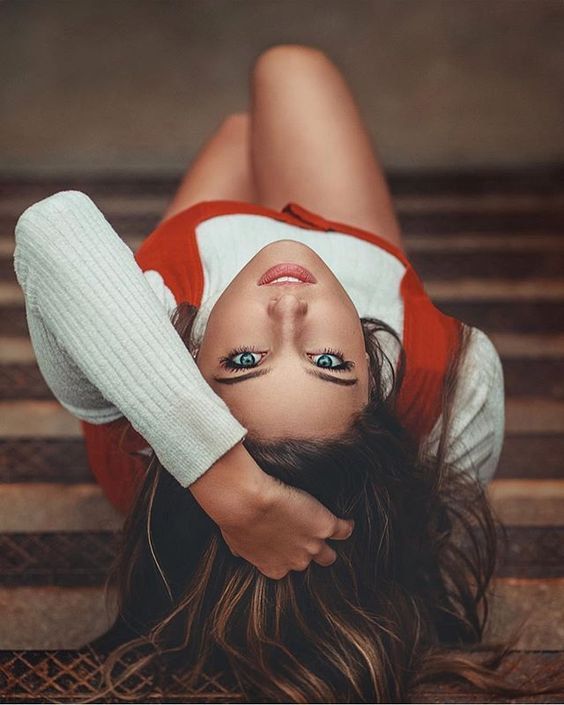
Perfecting your posing technique is crucial for stunning photos. From simple adjustments like lifting the chin or shifting weight to one hip to creative ideas like skirt flicks and dramatic facial expressions, there are plenty of poses to suit any style or setting. With these tips, you’ll be able to capture both elegance and personality in your shots.
Also capture life’s precious moments and create stunning custom photo books that showcase your favorite memories in a beautifully designed, personalized keepsake you’ll treasure for years to come.
Interested in mastering the art of posing and making your subjects feel comfortable? Dive into these recommendations and watch your portrait photography reach new heights. Whether it’s classic poses or playful, candid moments, you’ll find exactly what you need to boost your portfolio.
Key Takeaways
- Discover effective posing techniques for stunning portraits.
- Learn how to make your subjects feel at ease during the shoot.
- Explore a variety of poses to suit different styles and settings.
Understanding Portrait Photography
Portrait photography captures a person’s character, emotion, and personality. It can be done in a studio, outdoors, or even at home. To get the best results, it’s important to consider natural light and the lighting setup. Natural light can give a soft and flattering look, while studio lights offer more control.
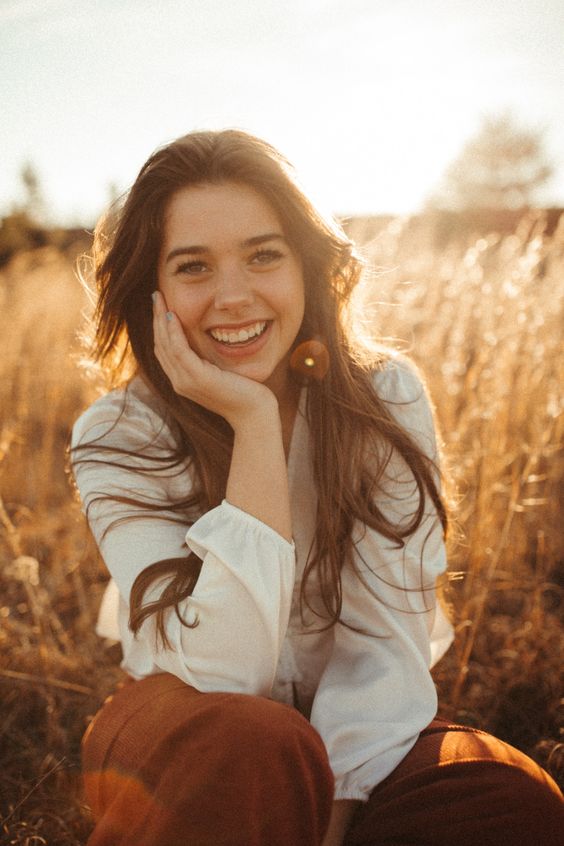

Comfort is key in portrait photography. When the subject is at ease, their natural beauty and personality shine through. Encourage them to relax, chat casually, and even laugh. This helps in getting natural poses and expressions.
Posing tips can make a big difference. Classic poses, like the 45-degree angle, are timeless standards. They can be mixed with other ideas to add variety. Using natural poses helps in making the subject look genuine and real.
Creativity plays a big role. Experimenting with different angles, lighting, and backgrounds can lead to unique and striking portraits. For inspiration, looking at top pictures on Pinterest.com can provide many creative ideas.
| Key Aspects | Importance |
|---|---|
| Natural Light | Soft and flattering |
| Lighting Setup | More control, different effects |
| Comfort | Helps capture genuine emotions |
| Posing Tips | Enhances the subject’s appearance |
| Creativity | Leads to unique and striking photos |
Using these tips, anyone can create stunning portraits that capture the essence of their subjects.
Mastering the Art of Posing

Mastering posing involves understanding foundational poses, guiding models effectively, using props and settings creatively, and capturing authentic emotions.
Foundational Poses
Foundational poses set the stage for more complex techniques. Posing starts with basics like standing poses, sitting poses, and lying poses.
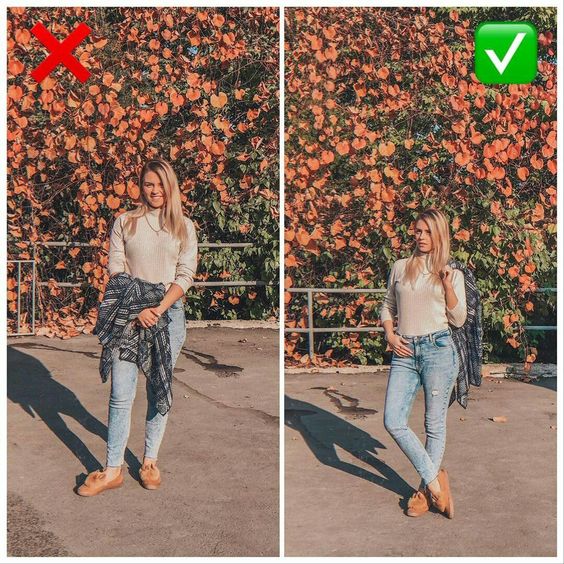
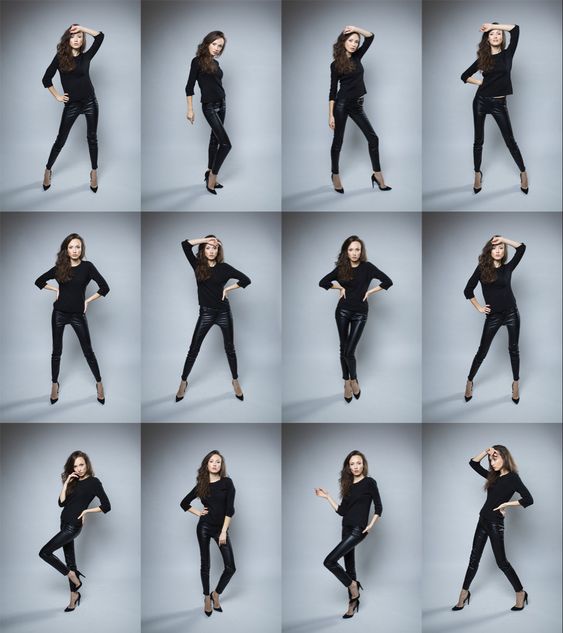
Standing poses can include the classic 45-degree angle where the model turns slightly away from the camera. Having the chin up or a slight head tilt can add elegance. Looking over the shoulder is another popular choice as it shows off the back details and adds a touch of intrigue.
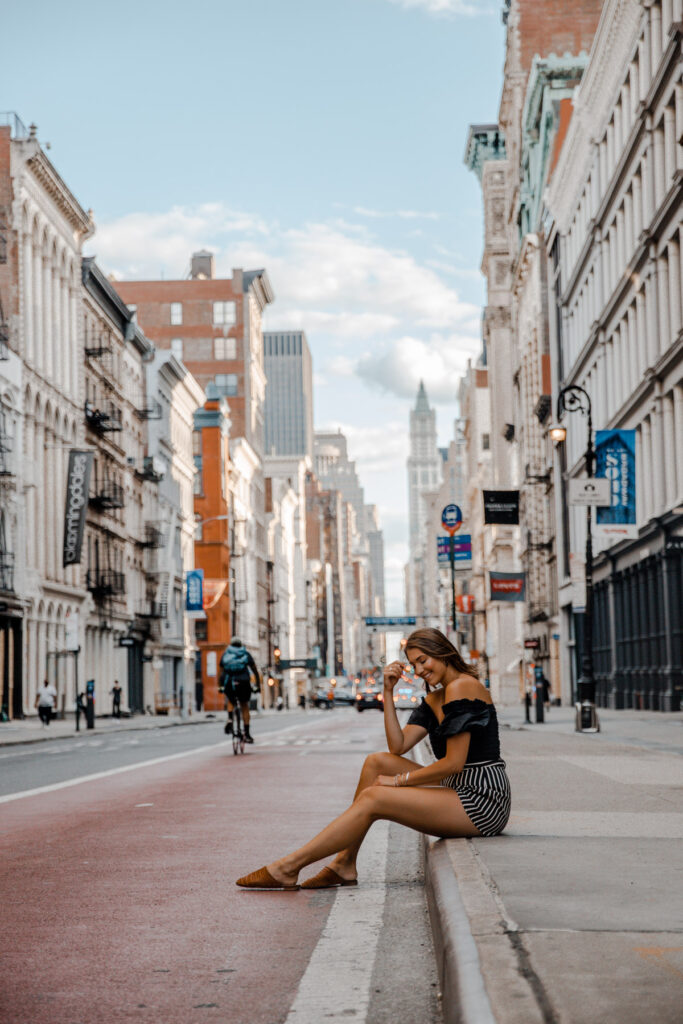
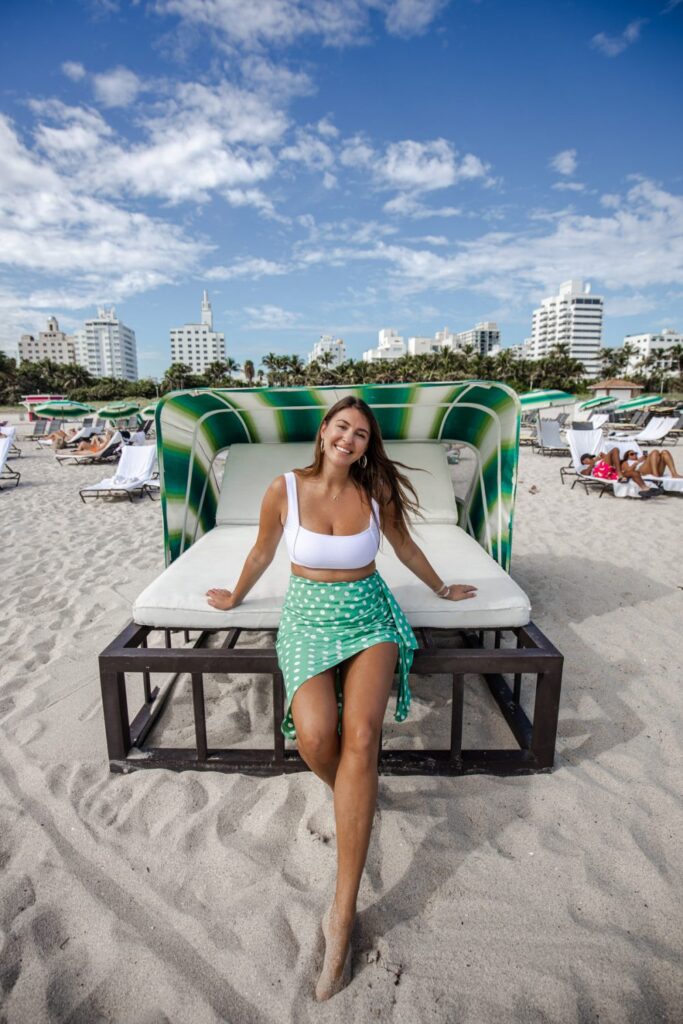
Sitting poses can be as simple as sitting on the edge of a chair or bench. Models might place their knees up, cross legs, or lean forward with elbows resting on a table. These poses often feel more relaxed and candid.
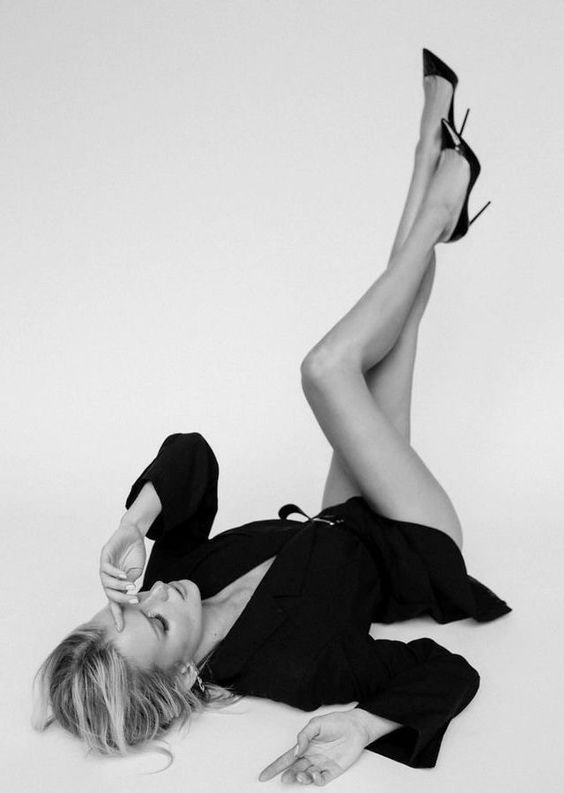
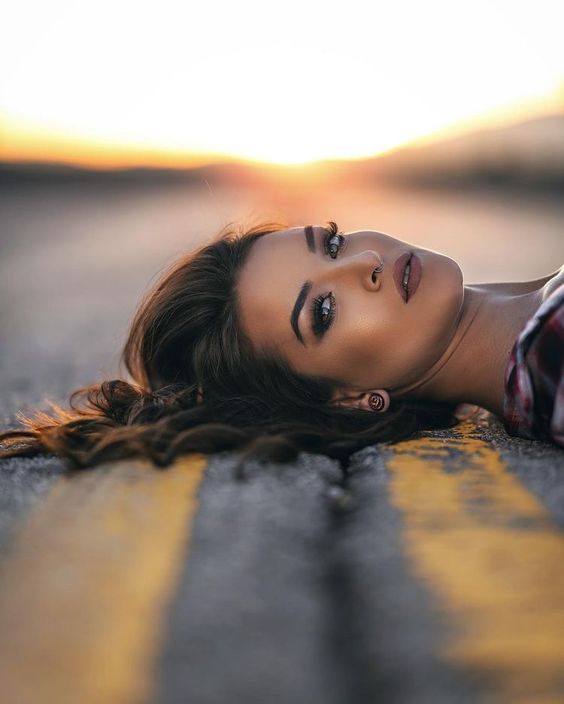
Lying poses are less common but can be incredibly powerful. Models can lie on their sides or stomachs, using hands to support the chin, creating a tranquil and serene mood.
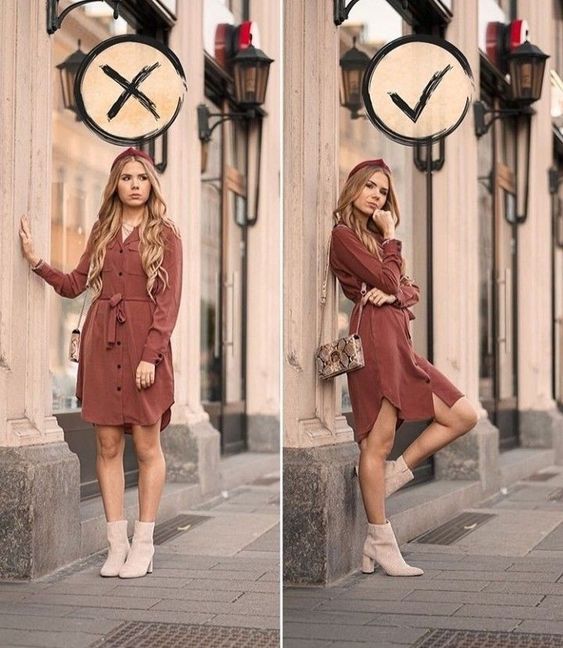
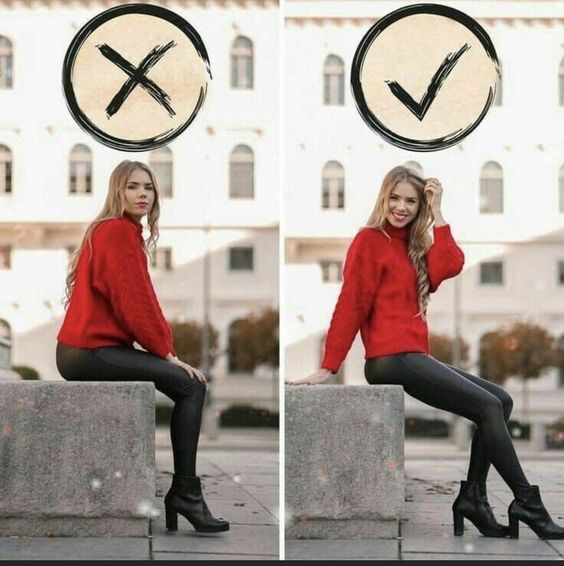
Poses for Models
Models, both male and female, require poses that highlight their strengths.
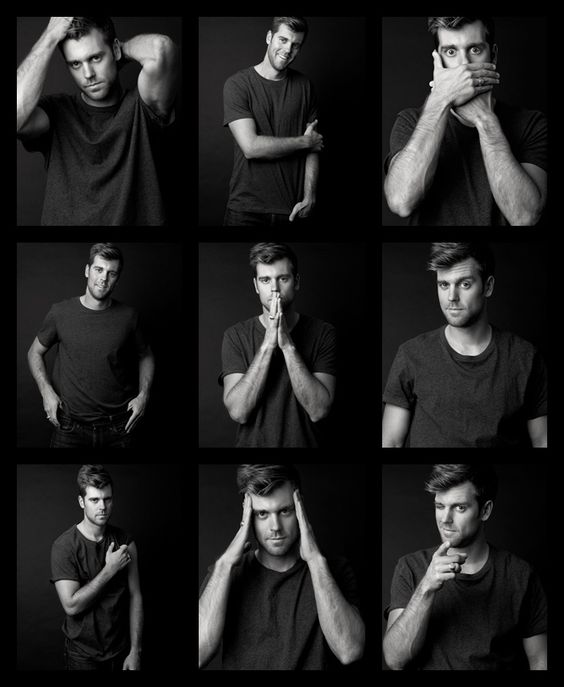

For female models, poses like leaning back against a wall or looking back over the shoulder emphasize elegance and photogenic qualities. Half-body and full-length portraits can be enhanced with hands in pockets or subtle facial expressions.
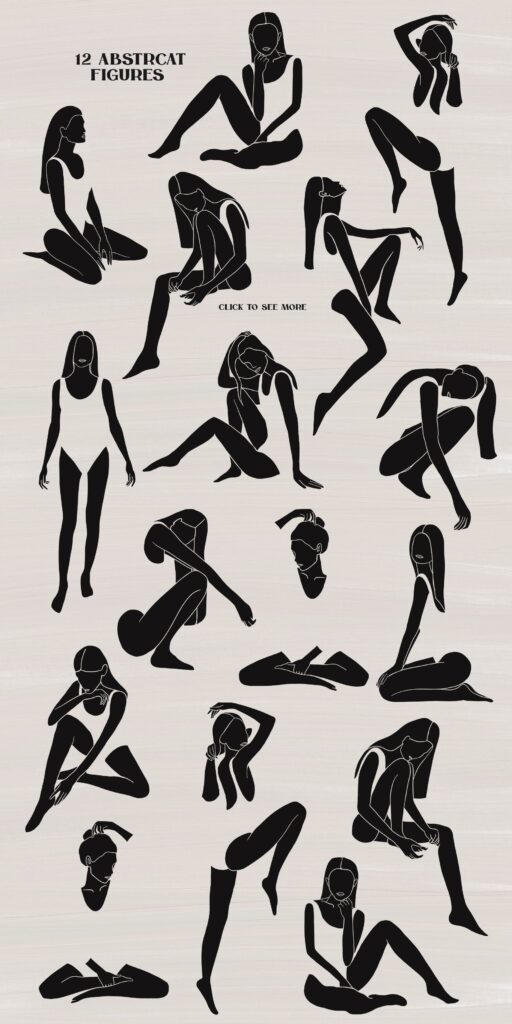
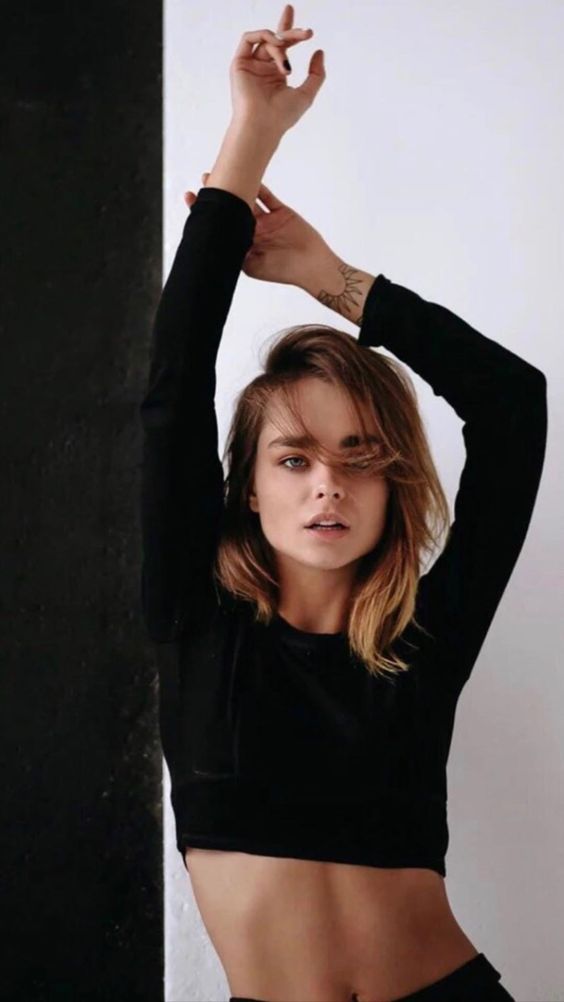
Male poses often include stronger, more assertive stances. Standing poses with crossed arms or hands in pockets exude confidence. When seated, a male model might lean forward with elbows on knees for a more casual, approachable look.
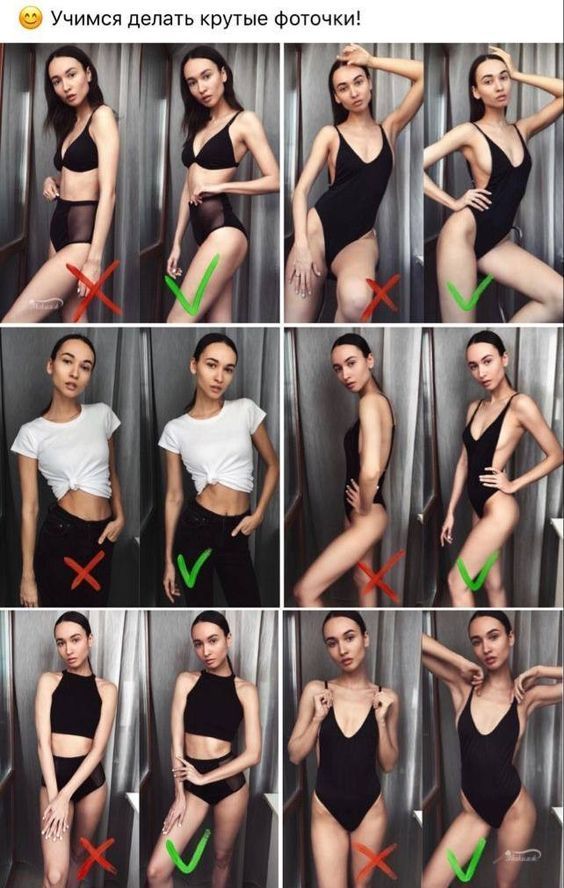
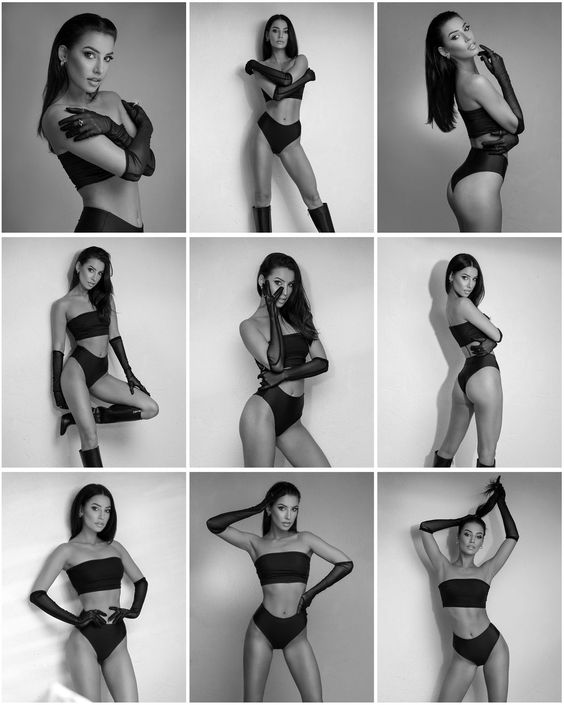
Leaning forward or putting a knee up on a higher surface can also provide dynamic angles. For both genders, experimenting with these poses can result in captivating portraits.
Innovative Props and Settings
Using props and unique settings can transform basic poses into something spectacular.
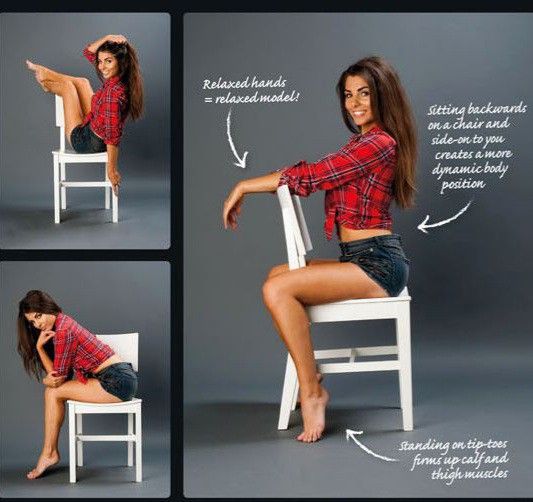
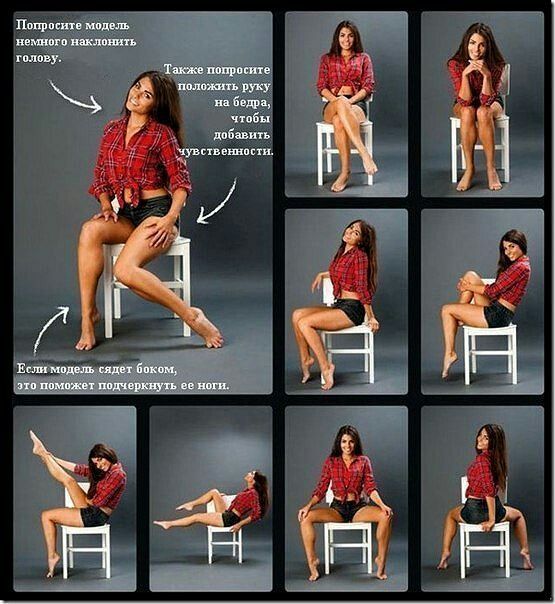
Tables, chairs, and benches become essential tools. A model might sit on the edge or use the surface to rest elbows, creating casual or thoughtful images. Walls are perfect for leaning back or creating contrast between the model and the background.
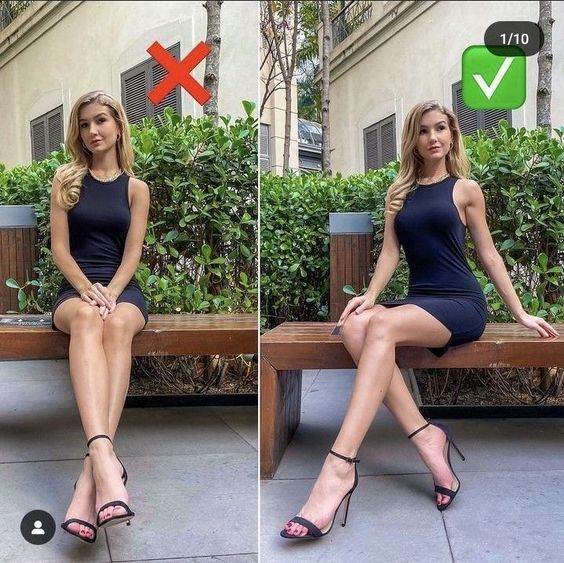
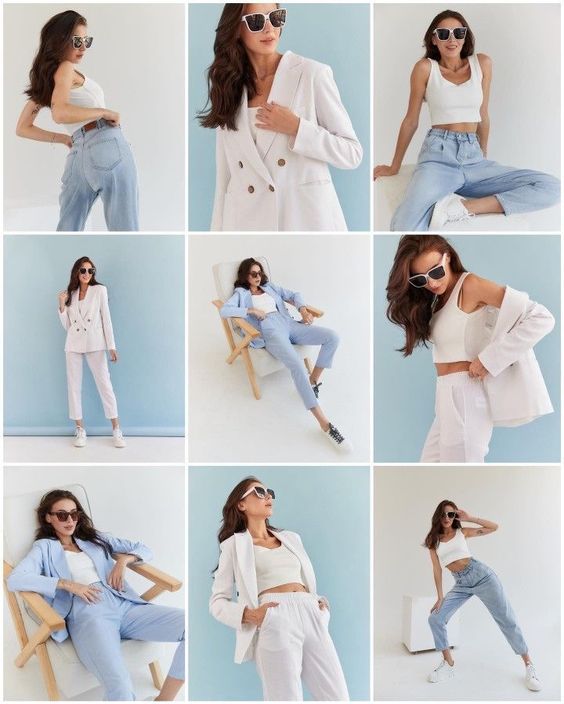
Incorporating everyday items like books, hats, or even flowers adds another layer of interest. Models can interact with these props, making the photos feel more natural and less posed. Creative settings, like urban streets or lush gardens, provide engaging backdrops that resonate with the viewer.
Expressiveness and Emotion

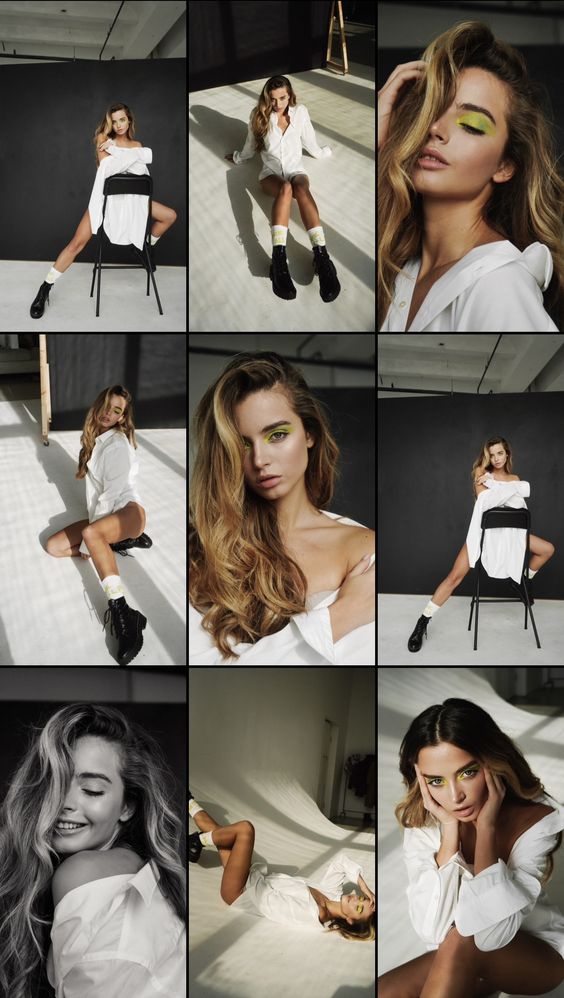
Expressiveness brings life to any pose.
Facial expressions play a major role. A slight smile, a thoughtful gaze, or a strength-filled stare can completely change the feel of a photo. Posing guides often emphasize practicing in front of a mirror to find which expressions look best.
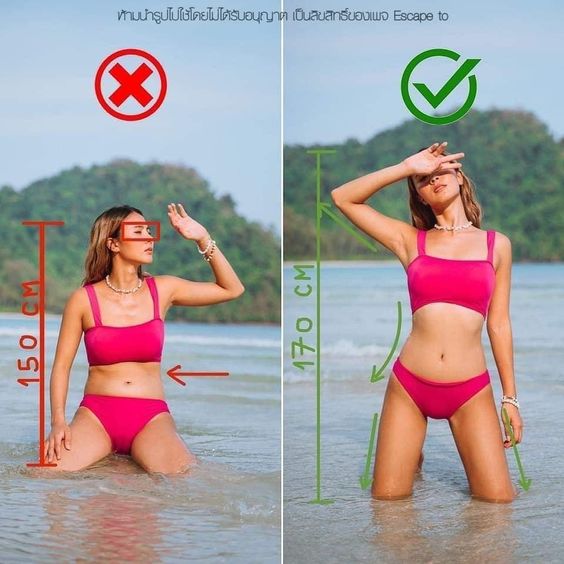
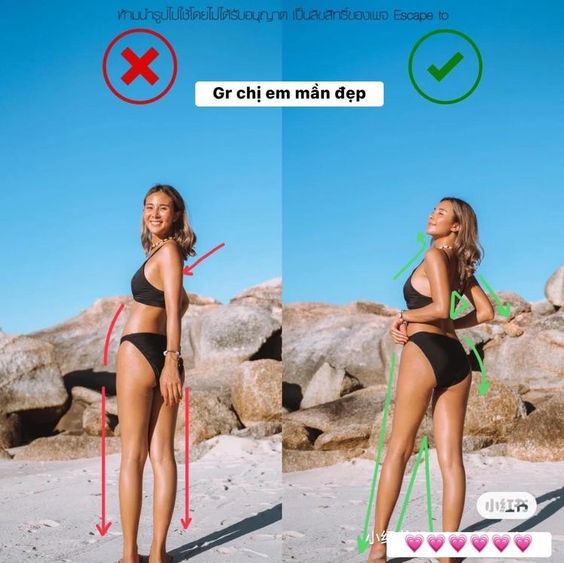
Body language is equally important. A tranquil pose might involve lying down with closed eyes, while strength can be shown through strong, upright postures. Poses like the classic over-the-shoulder look create mystery and elegance, adding depth to the image.
Ultimately, capturing genuine emotion in each shot makes the photos more relatable and striking.
Lighting Techniques for Portraits

Lighting is crucial in portrait photography. It shapes the subject’s face and sets the mood. Both natural light and artificial light can be used to create different effects.
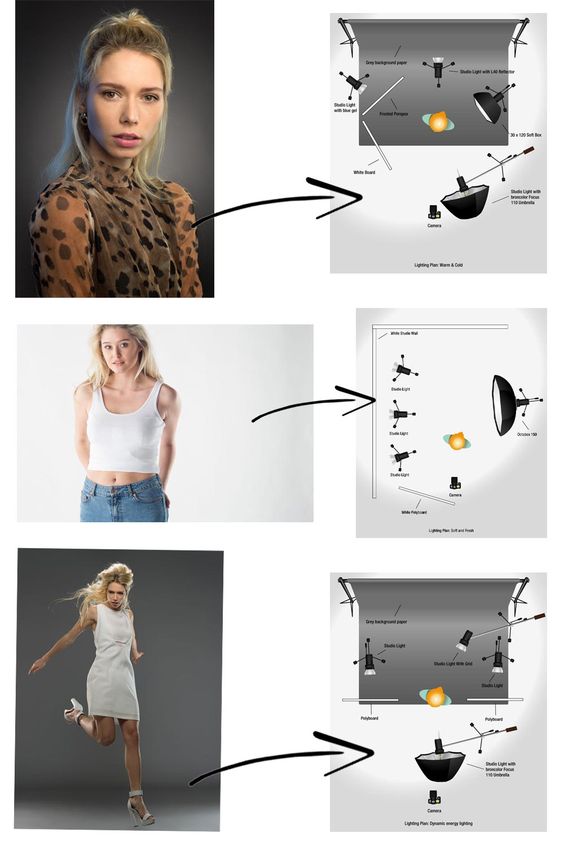

Three-Light Setup:
A three-light setup includes a key light, fill light, and backlight. The key light is the main light source, placed at 45 degrees to the subject’s right. The fill light is positioned at 45 degrees to the left to reduce shadows.
Broad Lighting:
With broad lighting, the side of the face facing the camera is lit, making the face look wider. This is not ideal for subjects with larger faces.
Split Lighting:
Split lighting divides the face in half, with one side in light and the other in shadow. It’s a striking and dramatic technique.
Short Lighting:
Short lighting is the opposite of broad lighting. The side of the face turned toward the camera is in shadow. It is great for creating a moodier, more dramatic look.
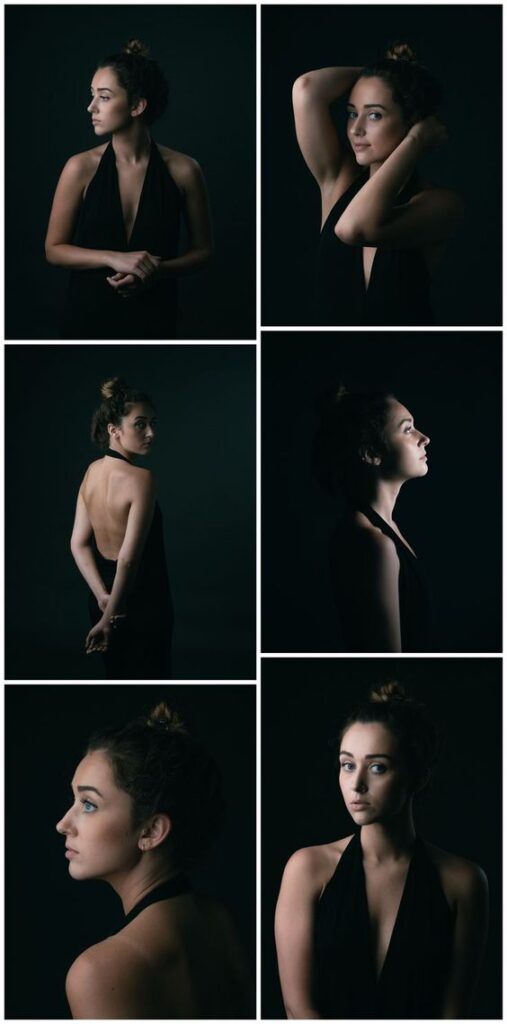
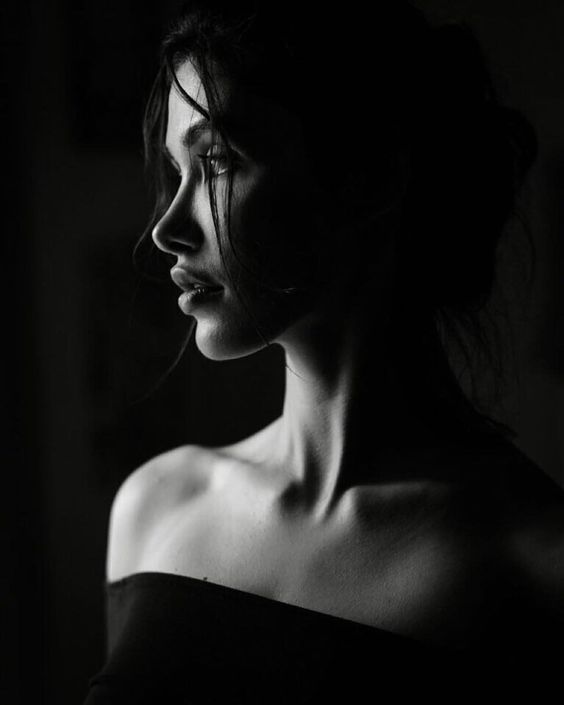
Dramatic Portraits:
For dramatic portraits, photographers use harsh side lighting and deep shadows. This technique adds powerful contrasts and depth to the image. You can gather inspiration by looking at top pictures on Pinterest.com.
Using these techniques, you can create stunning and unique portrait photos.
Specialty Portrait Photography

Specialty portrait photography focuses on unique, high-quality poses and styles for specific types of shoots like fashion, weddings, and headshots. This section covers the essentials of each type to help photographers capture the best shots.
Fashion Photography
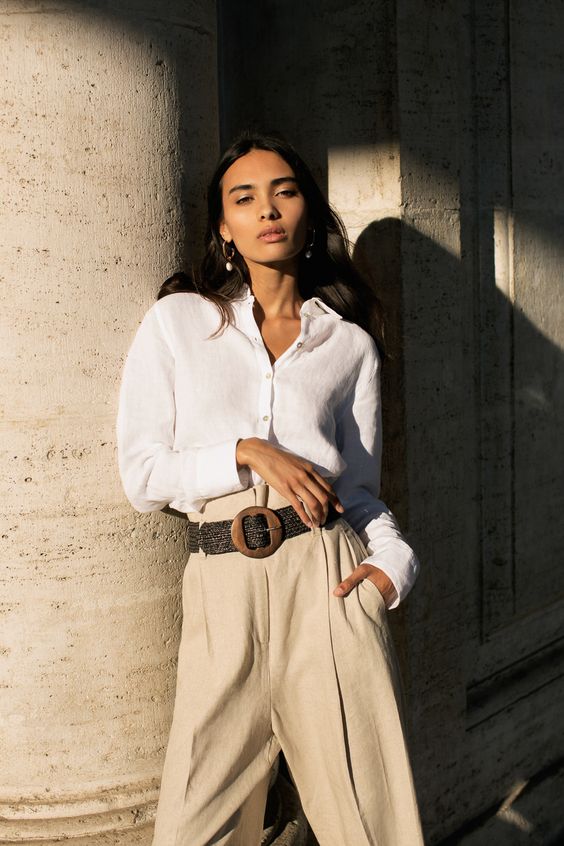
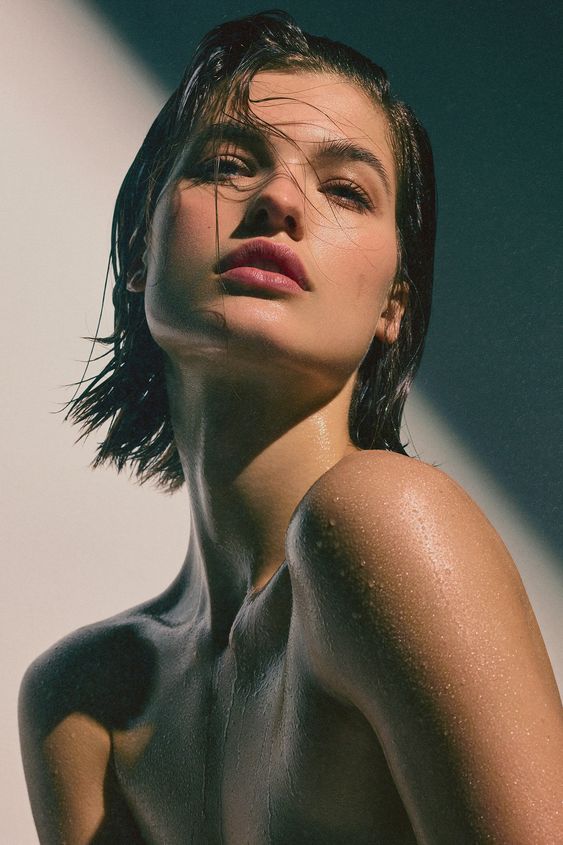
Fashion photography is all about showing off clothing and accessories in the best light. Posing is key here. Models often use the 45-degree rule to create a dynamic look.
Hand poses can add elegance to a shot. Models can place hands on hips or play with their hair. Looking over the shoulder is another popular pose. It adds a mysterious touch while showcasing the outfit’s back details.
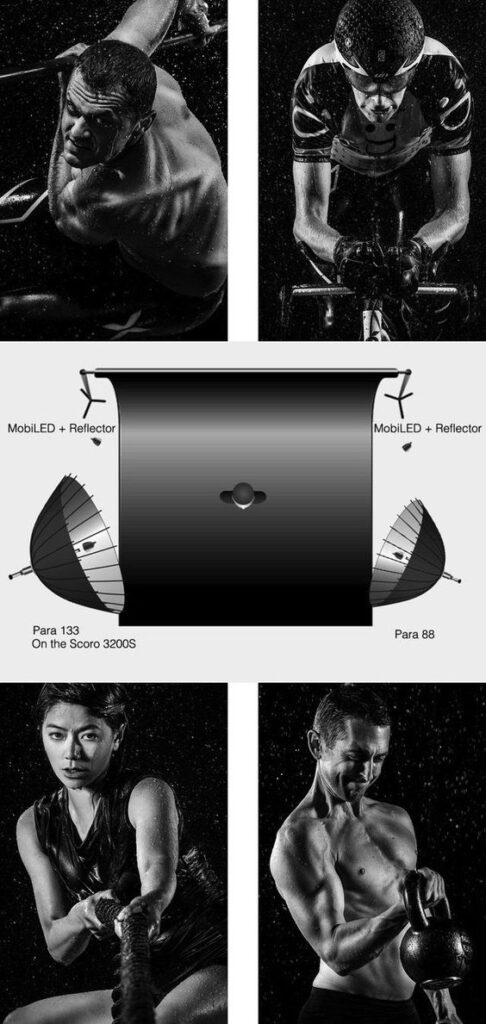
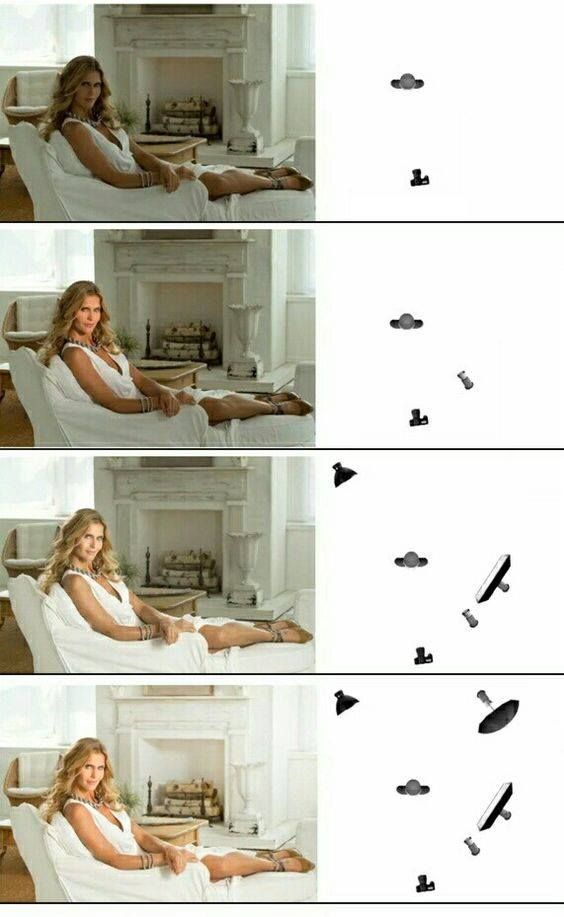
Lighting is essential. Natural light can give a soft, flattering look, while studio lighting can highlight textures and colors. Experiment with different backgrounds to complement the fashion being displayed.
For some of the top fashion photography ideas, check out Pinterest.
Wedding Photography
Wedding photography aims to capture the love and excitement of the big day. Posing should feel natural yet elegant. Classic poses include the bride and groom gazing into each other’s eyes or holding hands with a picturesque backdrop.
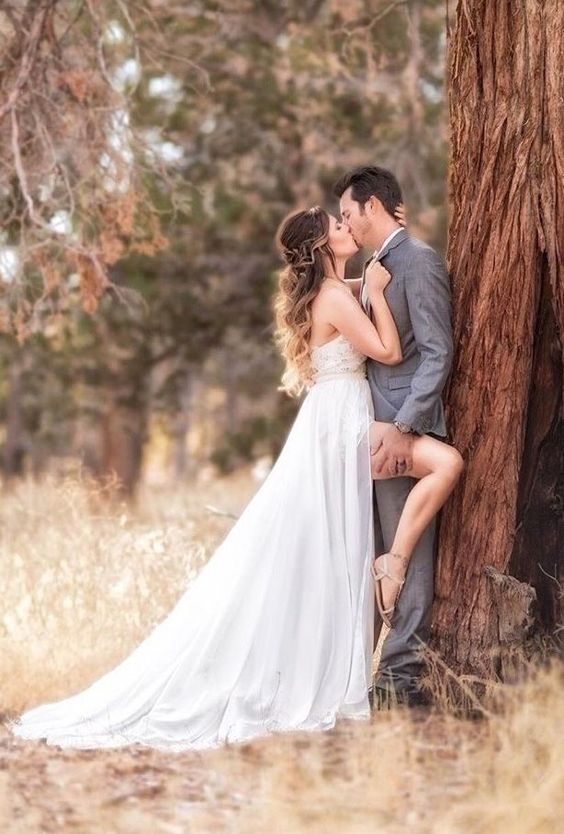
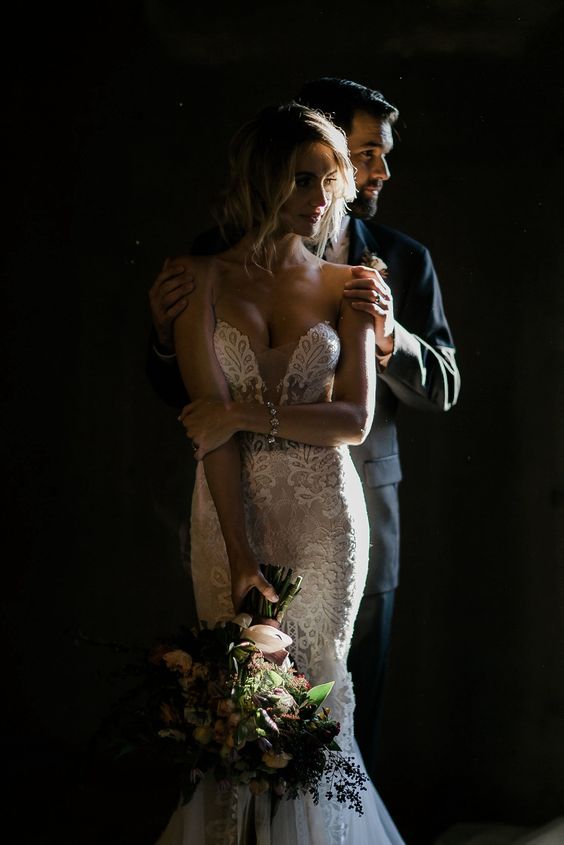
Candid moments are also crucial. Photographers should be ready to snap spontaneous smiles and laughter.
Group photos require special attention. Arrange families and friends so everyone is visible and relaxed. One effective pose is having the bride and groom in the center with their entourage around them.
Lighting at weddings varies. Outdoor settings benefit from natural light, while indoor ceremonies may require additional lighting. For more wedding photography inspiration, visit Pinterest.
Iconic Headshots
Headshots are often used for portraits and professional profiles. The focus is on the face, so posing and lighting must be perfect.
A straight-on look captures confidence, while a slight turn of the head can soften a look. Hand poses, like resting the chin on a hand, add depth to the photo.

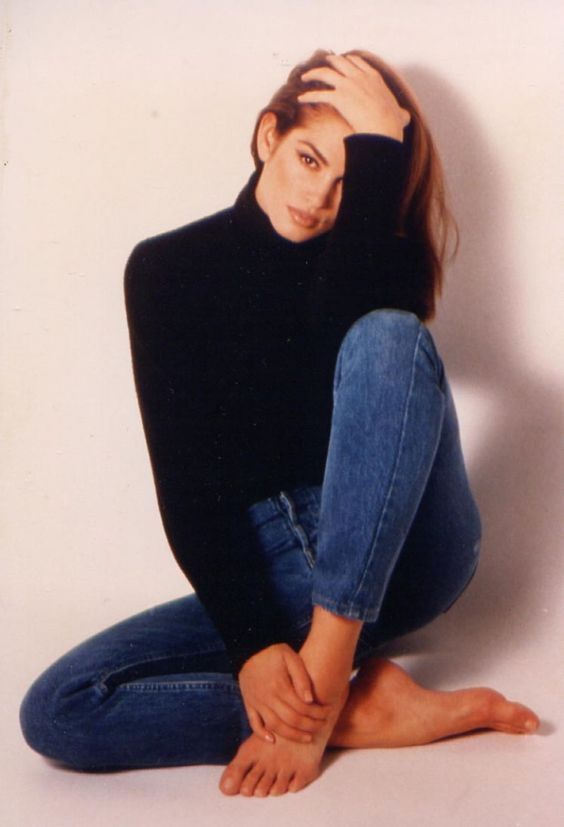
Lighting should be soft to avoid harsh shadows. A simple clean background ensures that nothing distracts from the subject’s face.
Using props like chairs or steps can provide additional posing options. For various headshot ideas, Pinterest offers great examples.
Tips for Comfort and Confidence
Feeling comfortable and confident in front of the camera leads to better photographs. Here’s how models can achieve natural poses and gain confidence.
Encouraging Natural Poses
Encouraging models to feel at ease helps create natural poses. Start with a relaxed pose like leaning against a wall or sitting comfortably. Use simple instructions such as “shake out your hands” or “take a deep breath” to reduce tension.
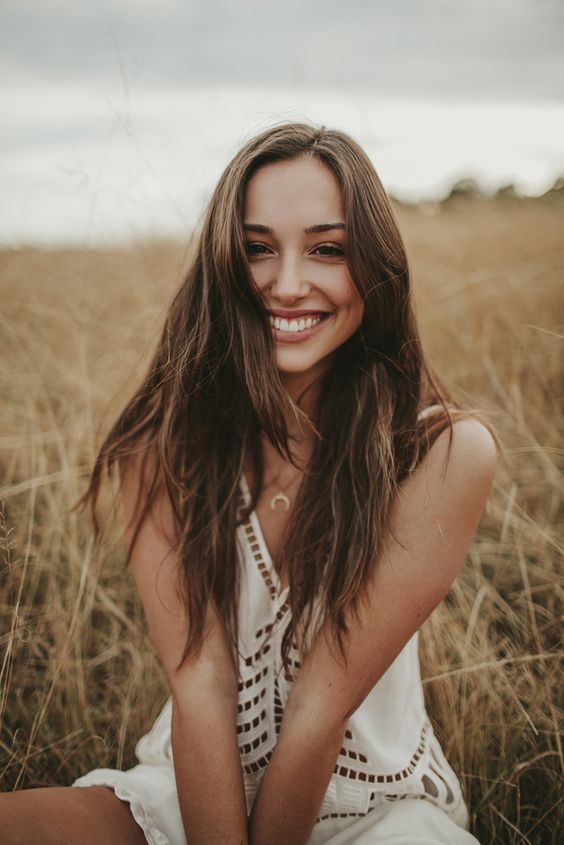
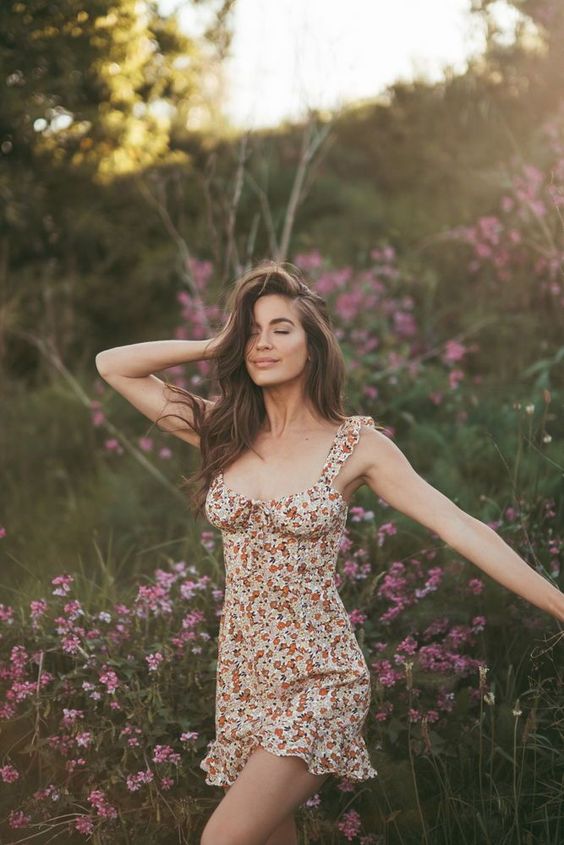
Props can be a big help too. Holding an object or interacting with the environment gives models something to do with their hands, which can make them feel less awkward. Leaning on a prop or interacting with it can naturally guide their body into appealing positions.
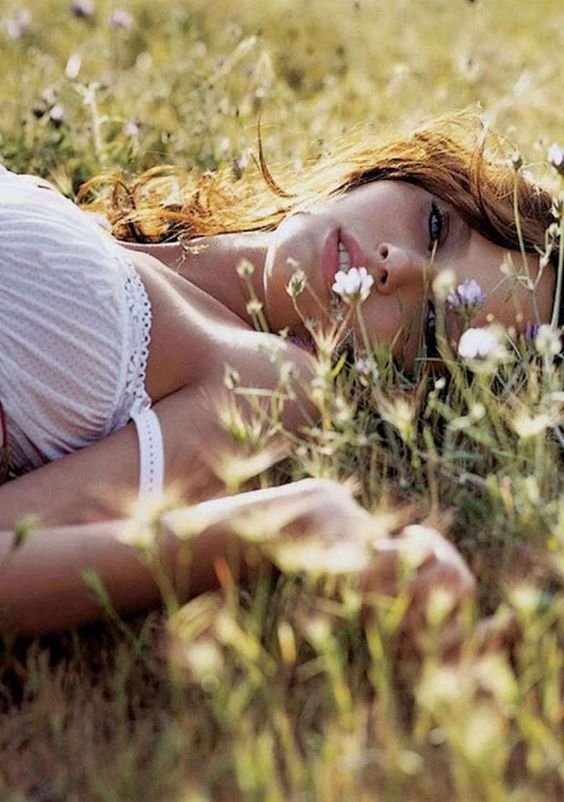
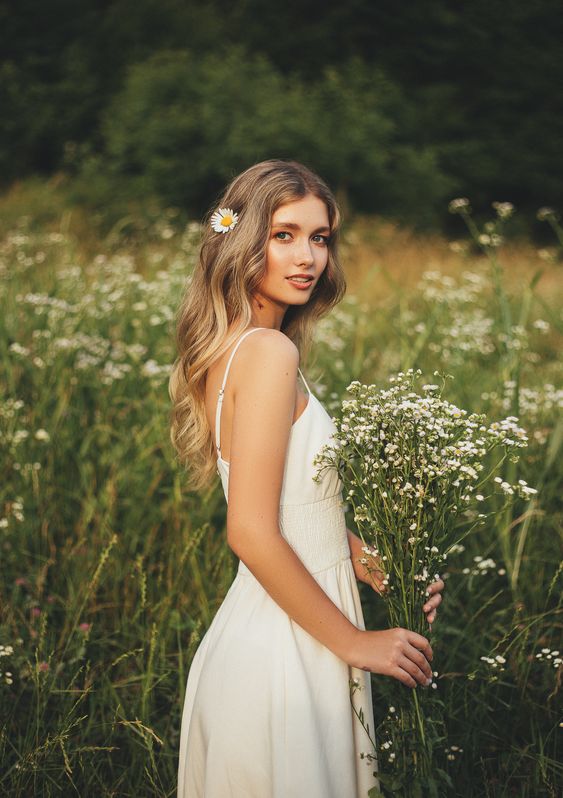
For example, the “baddie squat” pose is both eye-catching and relaxed. Models should squat down with one leg in front of the other. This not only looks cool but also helps them find balance. Another easy pose is standing with one leg slightly in front, which creates a flattering angle and adds depth to the picture.
Guidance for New Models
New models often need extra direction to feel confident. Clear, straightforward instructions can make a world of difference. Instead of complex posing tips, start with simple actions like “look over your shoulder” or “lift your chin slightly.”
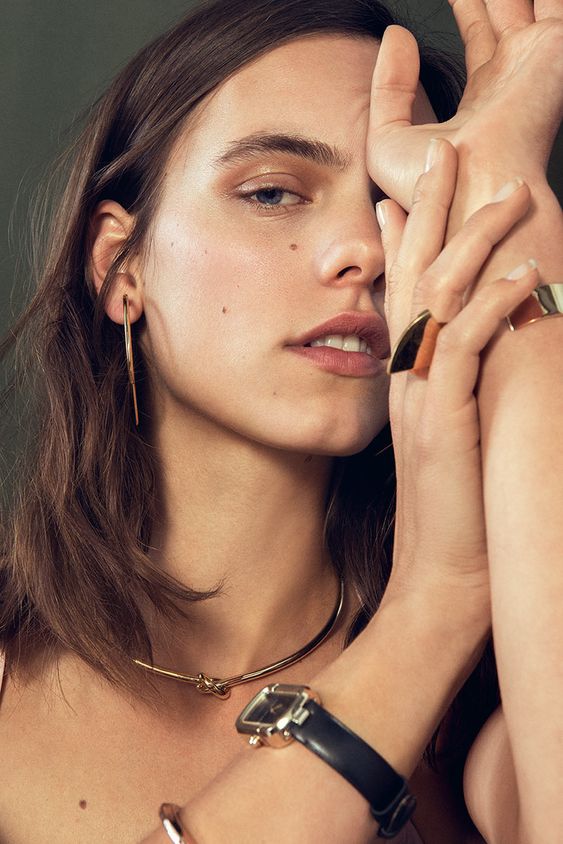
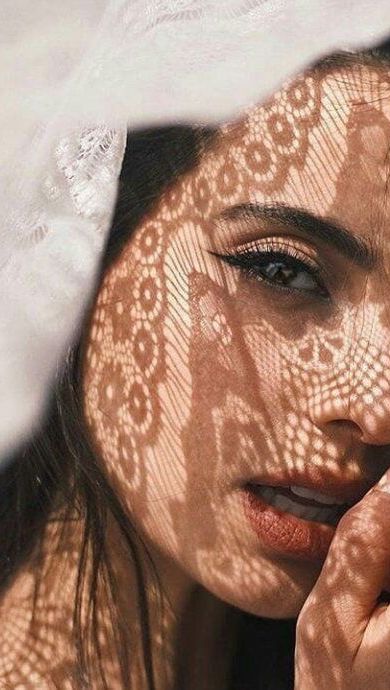
Positive reinforcement boosts confidence. Quick affirmations like “That’s great!” or “Perfect, keep going!” encourage new models. They start to feel more comfortable and relaxed as they hear positive feedback.
Practice simple poses like sitting or leaning. These are easy to hold and adjust. For seated poses, instruct the model to sit with a straight back, turning slightly at the waist. This keeps the pose looking natural.
Encourage them by showing reference images. Platforms like Pinterest.com have top pictures that showcase various posing ideas. Using these visuals helps models understand what looks good and makes it easier for them to replicate the poses confidently.
- 3.5Kshares
- Facebook0
- Pinterest3.5K
- Twitter0
